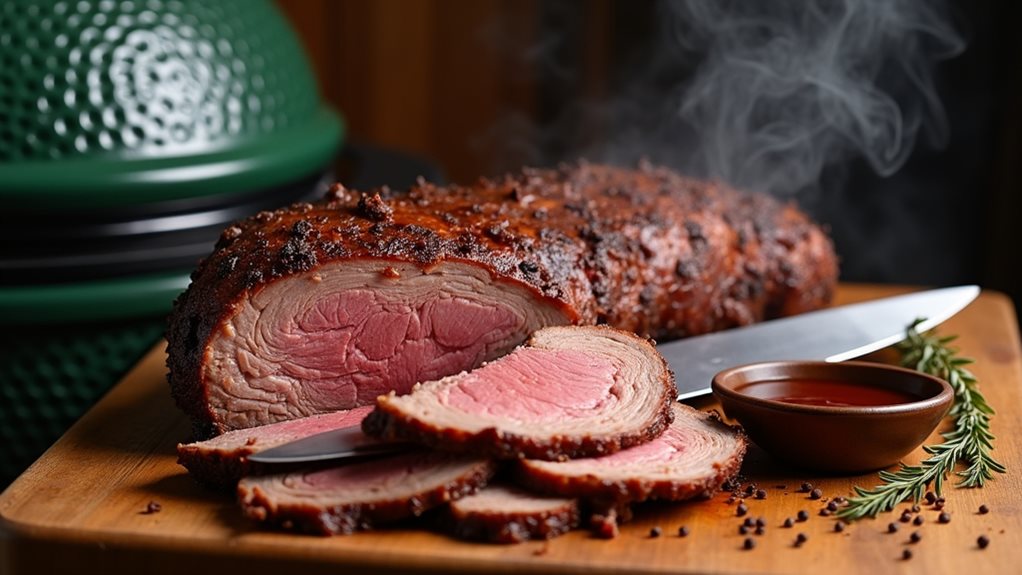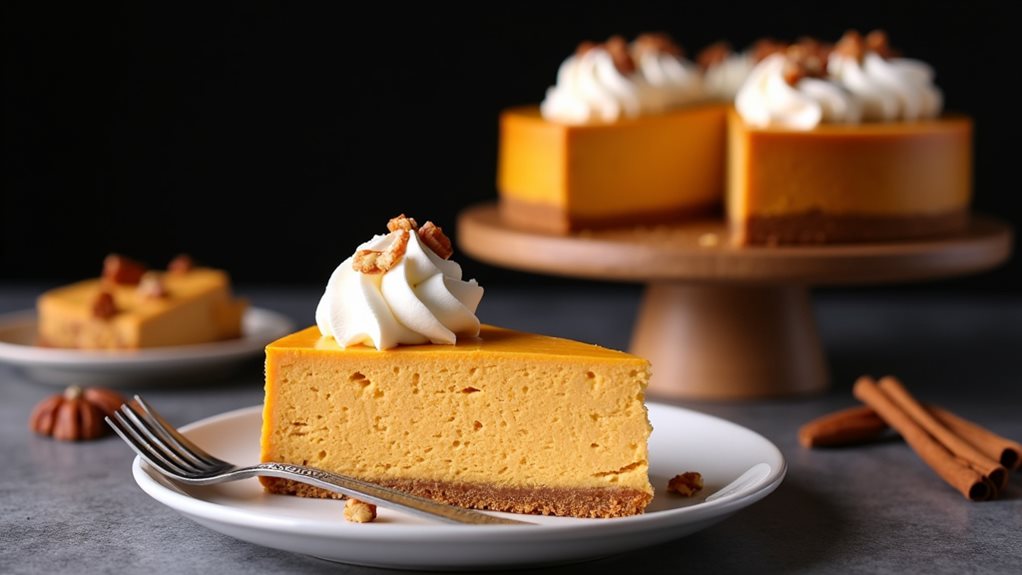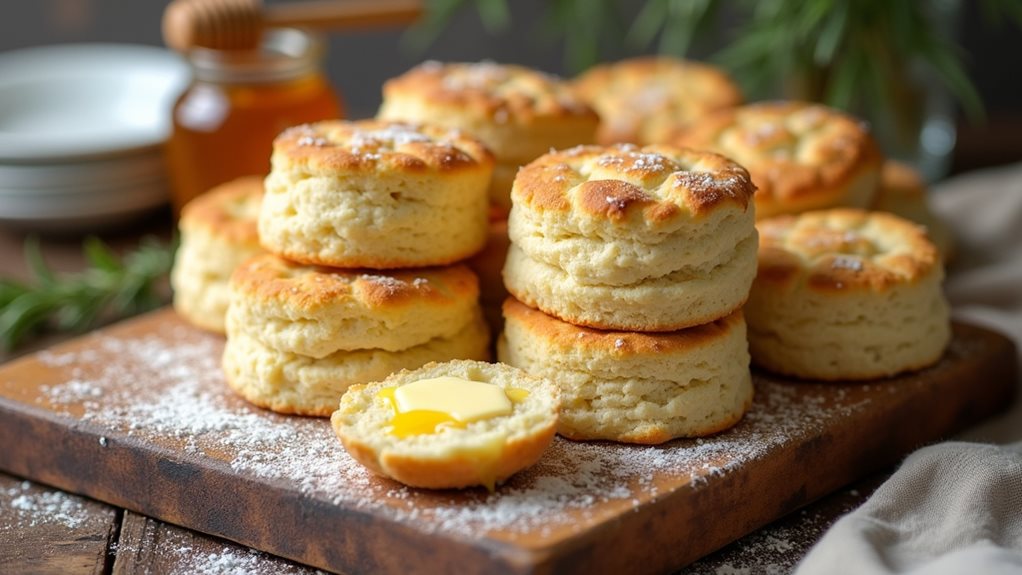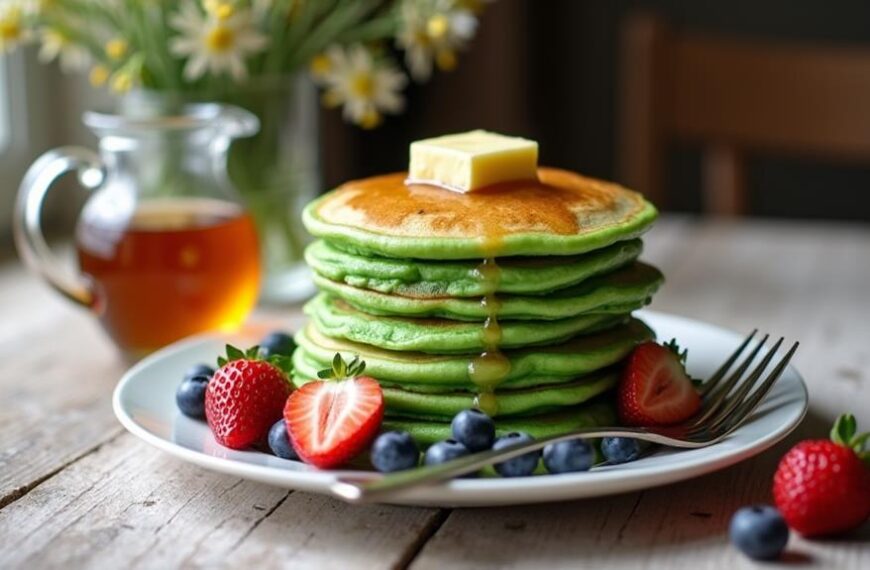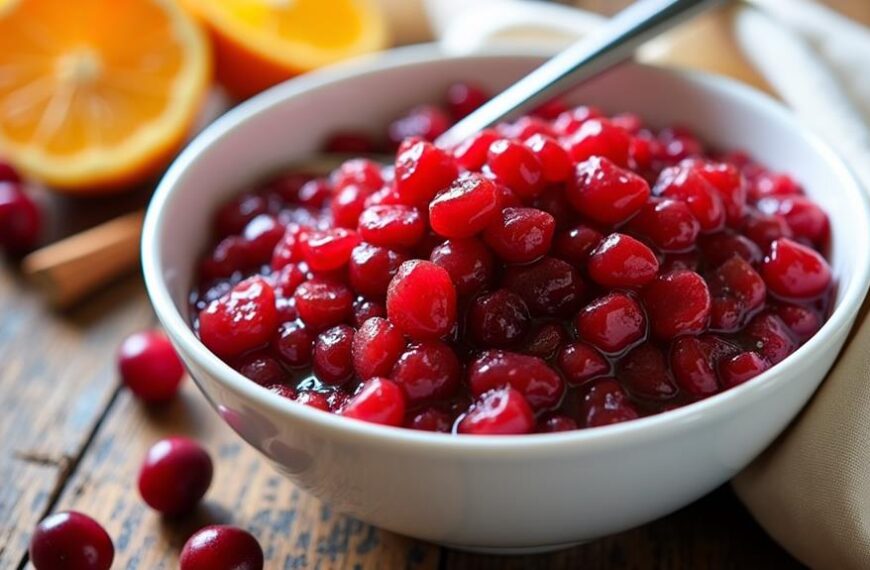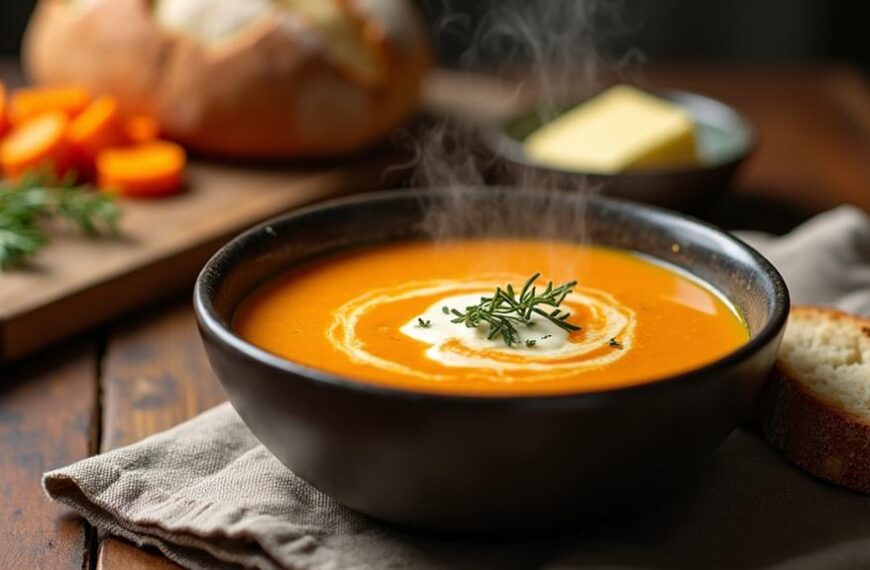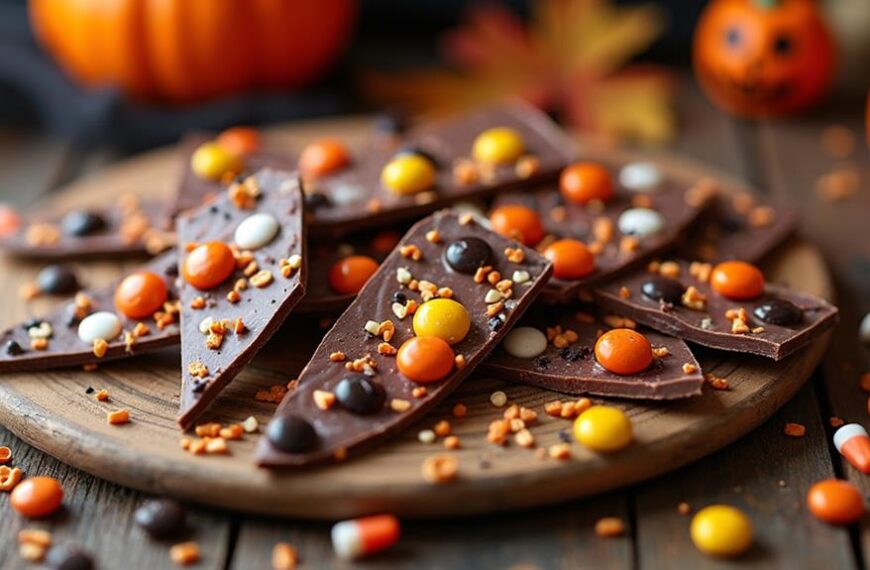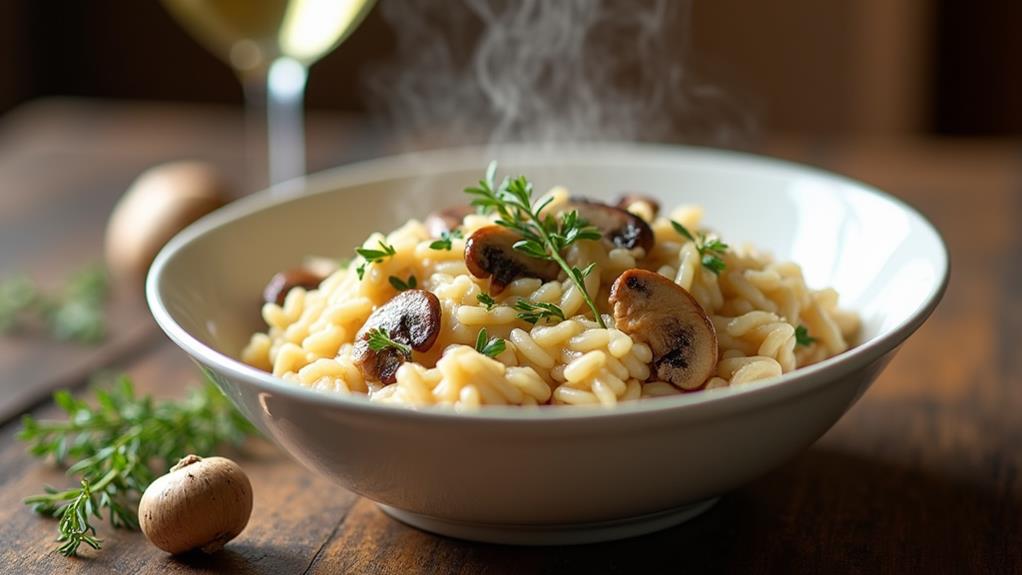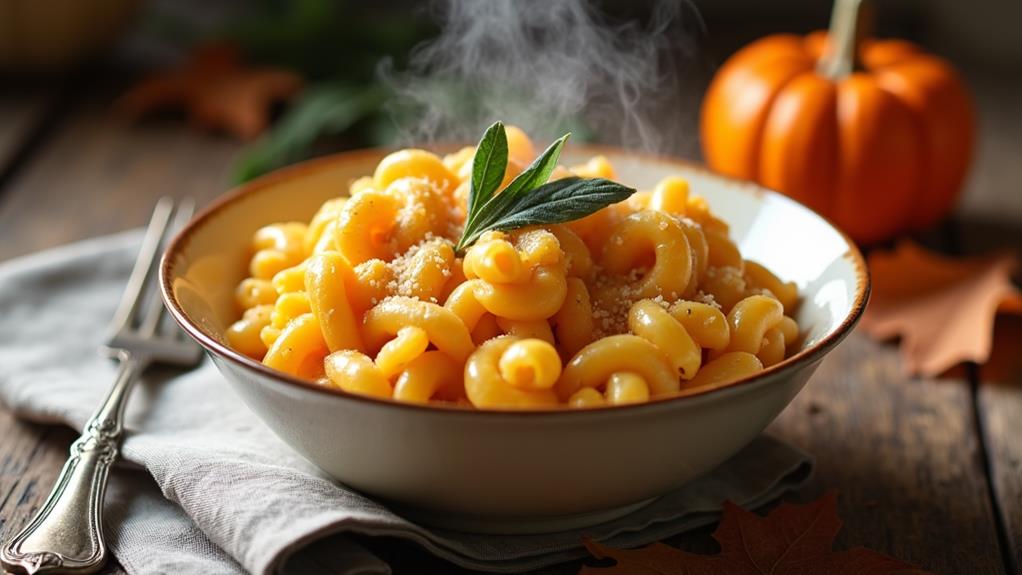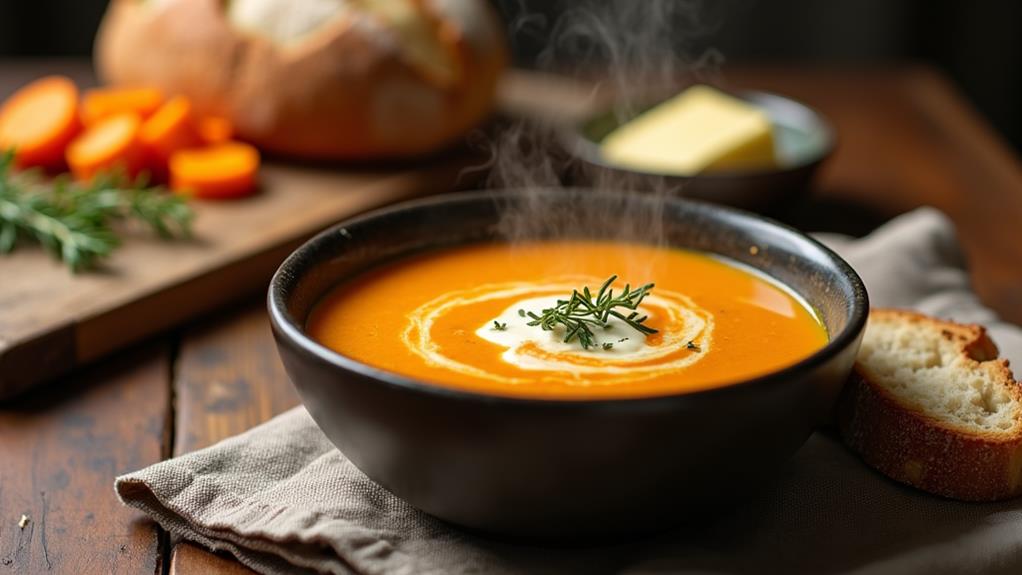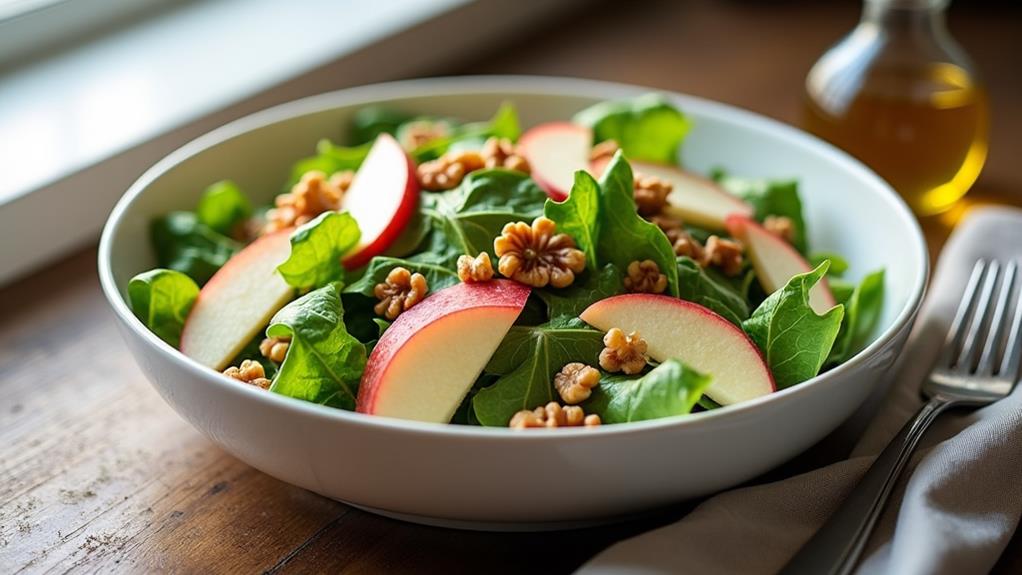I’ve spent years perfecting my Bge Risket technique, and I’m excited to share my secrets with you. This isn’t your ordinary brisket—it’s a smoky, tender masterpiece that will transform your backyard barbecues forever. The combination of slow cooking on a Big Green Egg (BGE) and my special rub creates a flavor profile that guests will talk about for months. Want to know how to achieve that perfect bark while keeping the inside juicy and tender?
Key Takeaways
- Big Green Egg (BGE) smokers create exceptional brisket with superior heat retention and temperature control.
- Set BGE to 250°F using lump charcoal and wood chunks for authentic smoke flavor in brisket.
- Apply dry rub after mustard coating and smoke brisket until internal temperature reaches 165-170°F.
- Implement Texas Crutch method by wrapping brisket in butcher paper when cooking on BGE.
- Rest BGE brisket for at least one hour after reaching 203°F internal temperature.
Why You’ll Love this Mouthwatering BBQ Brisket
When you’re looking for a showstopping centerpiece for your next backyard gathering, this BGE (Big Green Egg) brisket recipe delivers unparalleled results that will leave your guests speechless. I’ve perfected this technique through countless cookouts, finding that the slow-and-steady approach creates that perfect balance of smoky exterior bark and juicy, tender meat.
What makes this recipe special is the strategic combination of mustard coating, dry rub, and the Texas Crutch method at precisely 165°F. The resting period in a cooler—a step many home pitmasters skip—allows the juices to redistribute throughout the meat. At approximately 1 hour 15 minutes per pound of cooking time, you’ll need patience, but I promise the melt-in-your-mouth texture and robust flavor profile are absolutely worth the wait.
What Ingredients are in Mouthwatering BBQ Brisket?
Making a mouth-watering brisket on your Big Green Egg requires just a handful of quality ingredients. The magic happens when these simple components come together with low-and-slow cooking to transform a tough cut of meat into something incredibly tender and flavorful. The beauty of BGE brisket is that it doesn’t need a complex ingredient list to achieve amazing results.
- Beef brisket (preferably high-quality with good marbling)
- Yellow mustard (just enough to help the rub adhere)
- Dry rub (your favorite BBQ seasoning blend)
- BBQ sauce (for light basting during the cooking process)
- Butcher paper or aluminum foil (for the Texas Crutch wrapping method)
While the ingredient list is straightforward, the quality matters tremendously. Look for a well-marbled brisket with a nice fat cap, as this will provide moisture and flavor during the long cooking process.
For the rub, you might want to take into account a blend with salt, black pepper, garlic powder, and paprika as the base, though store-bought rubs work wonderfully too. The BBQ sauce should complement rather than overpower the beef flavor—something with a balance of sweet, tangy, and smoky notes works best for this technique.
How to Make this Mouthwatering BBQ Brisket
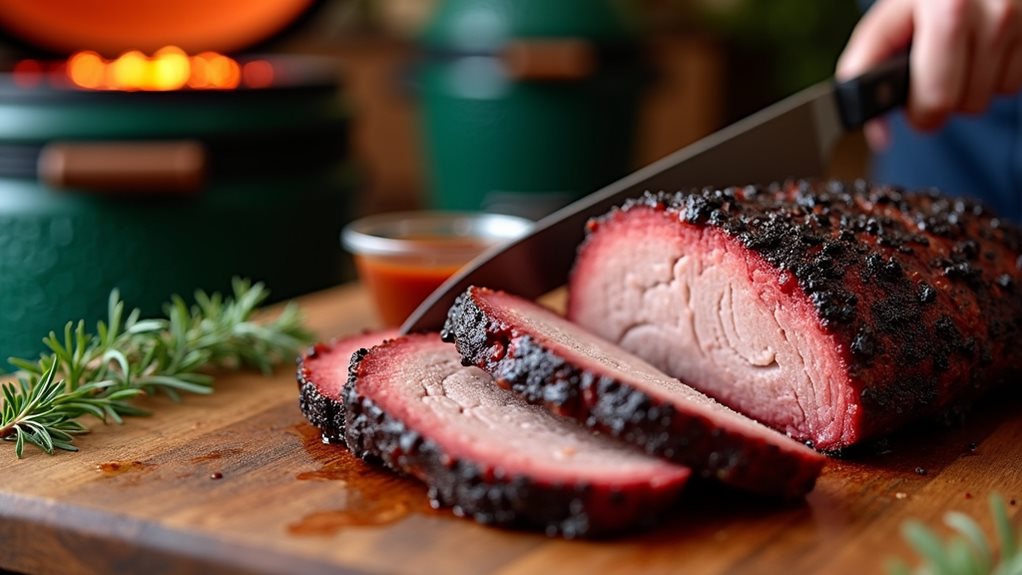
Preparing the perfect brisket on your Big Green Egg starts with proper preparation. First, make sure to thoroughly dry your beef brisket with paper towels—this helps create that gorgeous crust we’re all after.
Next, apply a very light coating of mustard all over the meat. Don’t worry, you won’t taste the mustard in the final product; it simply acts as a “glue” for your dry rub to stick to. Generously apply your favorite BBQ rub to the entire brisket, making sure to coat all sides evenly. Let this sit for 1-3 hours at room temperature, allowing the flavors to begin penetrating the meat while the brisket comes up to temperature.
Now for the smoking process. Fire up your Big Green Egg to a steady 250 degrees—temperature control is essential here. Place your seasoned brisket on the grill fat side up (this lets the fat slowly baste the meat as it renders) and let it cook until the internal temperature reaches 165-170 degrees.
At this point, you’ll employ what’s known as the “Texas Crutch”—a game-changing technique that helps push through the dreaded stall. Remove your brisket from the grill, lightly baste it with BBQ sauce, and wrap it tightly in either foil or butcher paper before returning it to the Egg. The brisket will continue cooking until it reaches that magical 203-degree mark, which typically takes about 1 hour and 15 minutes per pound total cooking time.
For extra bark formation, you can crank up the Egg temperature briefly at the end to give the exterior a bit more char, but this is optional if you’re already loving the crust you’ve developed.
The final step might be the hardest—waiting. Once your brisket hits 203 degrees, remove it from the grill, keeping it wrapped, and place it in a cooler (without ice, of course) for 1-3 hours.
This resting period is non-negotiable, folks. It allows the juices to redistribute throughout the meat and the connective tissues to continue breaking down, resulting in that melt-in-your-mouth texture that makes brisket so incredible.
If you’re looking to upgrade your outdoor cooking setup, a versatile smoker grill combo can handle everything from low-and-slow briskets to high-heat searing.
The whole process requires patience, but trust me, when you slice into that perfectly smoked, tender brisket with its pink smoke ring and flavorful crust, you’ll understand why BBQ enthusiasts consider this the crown jewel of barbecue.
Mouthwatering BBQ Brisket Substitutions and Variations
While the classic brisket recipe delivers outstanding results, you’ll find that BBQ enthusiasts love to experiment with variations that can take this iconic dish in exciting new directions.
I’ve discovered that substituting the mustard base with olive oil or even mayo can create different texture profiles, while honey provides a sweeter foundation for your rub.
For the rub itself, try incorporating coffee grounds, brown sugar, or smoked paprika to develop unique flavor dimensions.
Don’t limit yourself to traditional BBQ sauce either—experiment with Alabama white sauce, Korean gochujang, or a homemade peach-bourbon glaze.
For cooking methods, you can add wood chunks like hickory or mesquite to intensify smokiness, or try the “hot and fast” method at 300°F for shorter cook times.
What to Serve with Mouthwatering BBQ Brisket
A perfectly smoked brisket deserves equally impressive side dishes that complement its rich, smoky flavors without overwhelming them.
I’ve found that classic Southern-style sides work wonderfully—creamy coleslaw provides a cool, crunchy contrast while potato salad adds heartiness with a touch of tang.
Don’t overlook the power of simple baked beans, which echo the brisket’s sweetness while adding earthy depth.
Mac and cheese offers comforting richness that children and adults alike appreciate.
For something lighter, I recommend grilled corn on the cob or a vinegar-based cucumber salad to cut through the brisket’s fattiness.
For bread accompaniments, nothing beats warm cornbread with honey butter or soft dinner rolls for making impromptu brisket sandwiches with the leftovers (if there are any!).
Final Thoughts
Mastering the art of BGE brisket takes practice, but following this structured approach will put you on the path to consistent results.
I’ve found that respecting each step—from the initial mustard coating to the vital Texas Crutch at 165°F—creates that perfect balance of smoky flavor and tenderness every time.
Remember, patience is your greatest ally. That 1:15 cook time per pound isn’t just a suggestion; it’s the science behind transformation.
The resting period in a cooler for 1-3 hours might seem excessive, but it’s fundamental for redistributing those flavorful juices throughout the meat.
Don’t be discouraged by early attempts. With each brisket, you’ll develop intuition about when to wrap, when to pull, and how to achieve that coveted bark that makes BGE brisket legendary.
For optimal results, always use a reliable meat thermometer to ensure precision cooking and perfect doneness every time.

